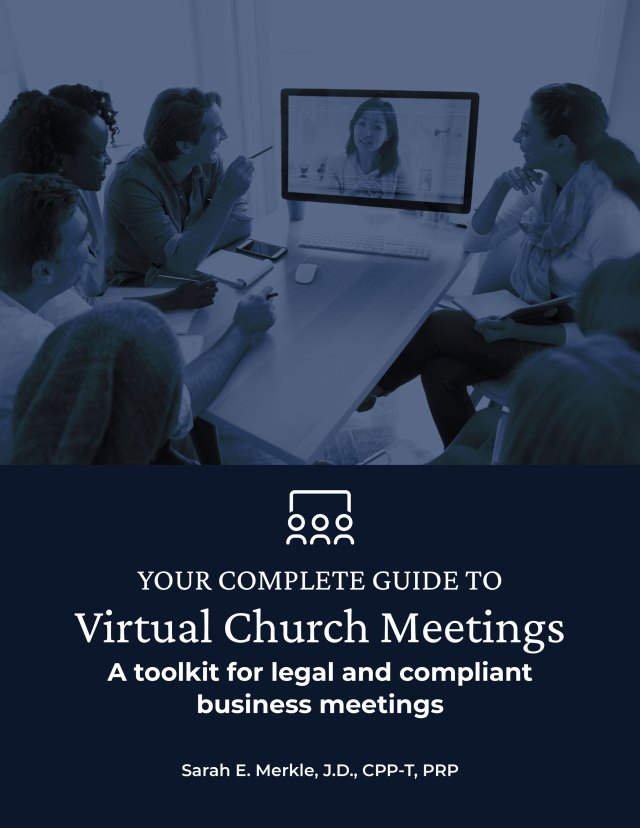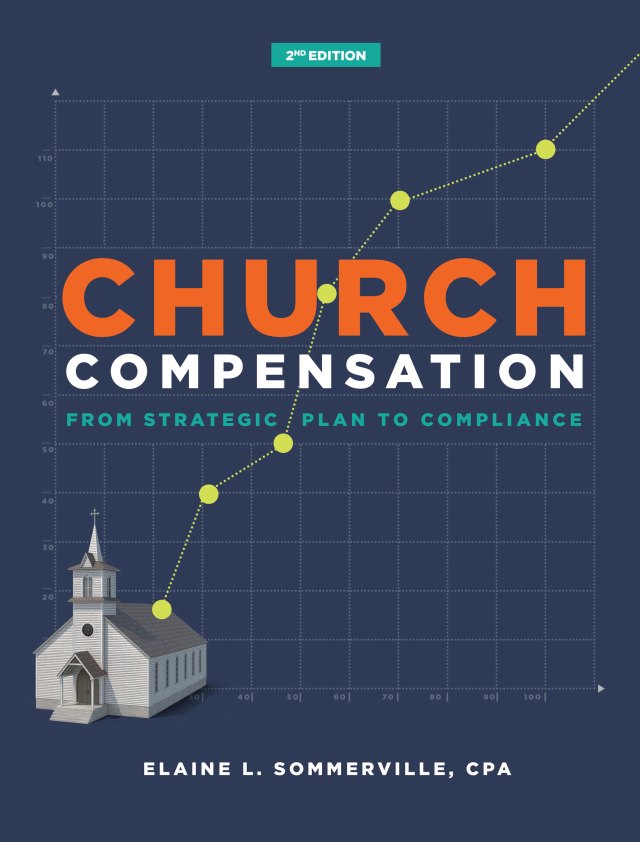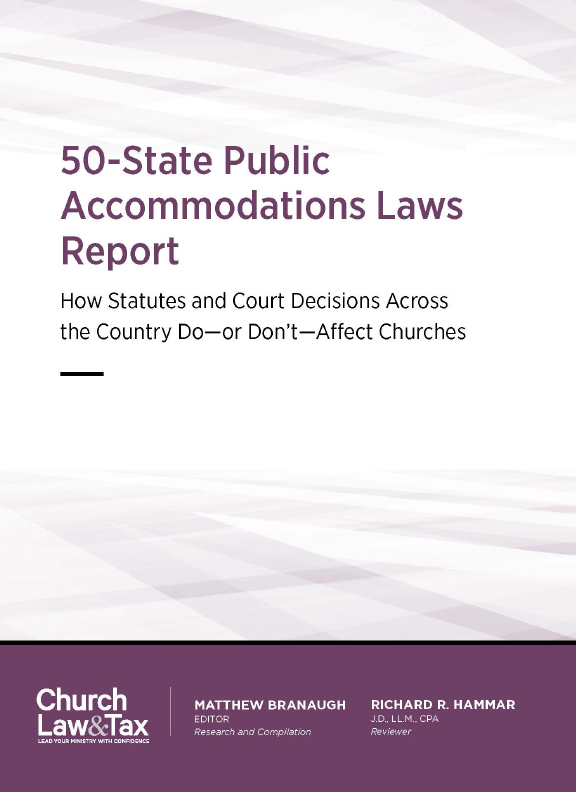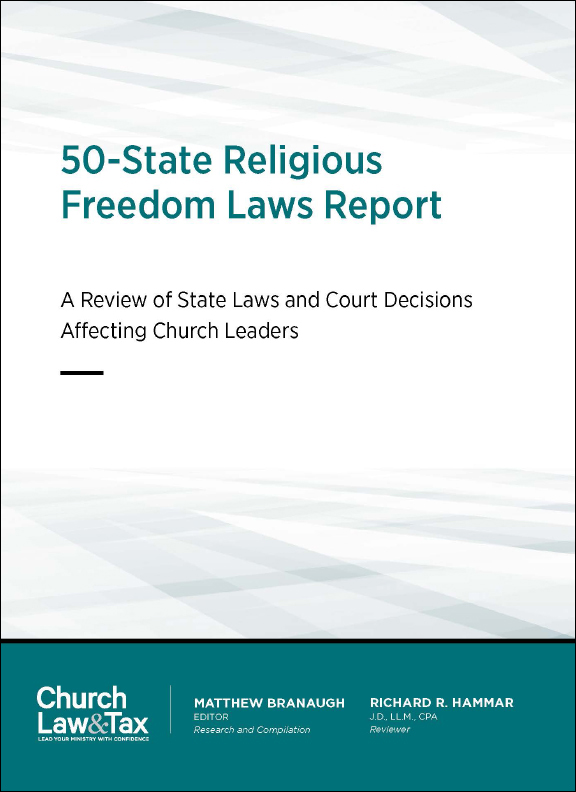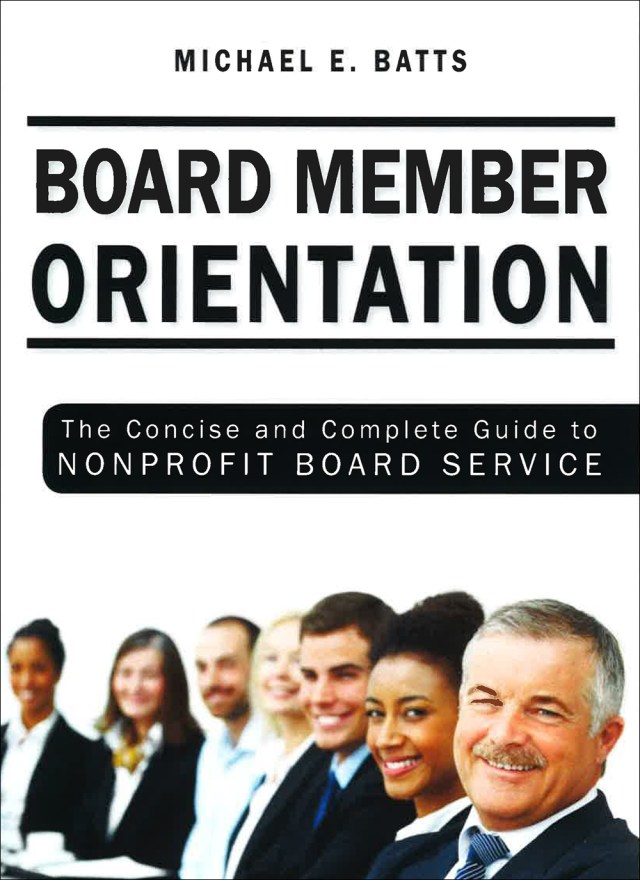In recent years, and without much fanfare, many churches have quietly shifted their governance structures, moving from structures where voting rights for key decisions reside with members of the congregation to structures where that authority exclusively rests in the hands of a group of elders or the church’s board.
To church leadership, the shift may make sense on paper, reducing burdens and creating efficiencies. But making such a shift also threatens to erode the trust of a congregation if it is done for the wrong reasons, or if it is done for good reasons, but mishandled. When such a significant change goes awry—as has been witnessed at a handful of high-profile churches—the consequences can be devastating.
Christianity Today’s podcast The Rise and Fall of Mars Hill powerfully demonstrates the trouble that can arise in a church when decision-making power gets consolidated.
Situations like this one offer an important caution: Church leaders are wise to review and understand their church’s governance model, and why it exists, before making plans to change it. And if they choose to pursue a change, leaders must carefully contemplate how to communicate with their congregations to demonstrate transparency and integrity throughout that process.
What is church governance?
The word “governance” comes from a Greek word meaning “to pilot” or “to steer.” In the context of church operations, governance connotes who has decision-making authority in significant matters such as buying or selling church property, adopting the annual budget, the approval of a merger or acquisition, and the hiring or firing of key leaders.
A church’s governance structure most commonly gets set at the time the church is founded. How it gets set depends on several factors, including denominational affiliations.
The role of bylaws
Many churches incorporate at the time of their founding, but whether they incorporate or not, nearly all will adopt a governing document commonly known as the bylaws. It is within the bylaws that systems and processes for making and ratifying decisions for the church get set.
Generally speaking, one of the following governance models is most often set in a church’s bylaws:
- A board-led church. The board is authorized to act on behalf of the congregation. This governing body may be known as the board of elders, the board of trustees, the board of directors, or a similar title. As a general matter, and unless required by state statute or other related measure, the congregation is not advised of, or invited to participate in, the decisions regarding the church’s operations.
- A congregation-led church. As defined by the church’s bylaws, the church’s members vote on most, if not all, issues of significance, including major decisions.
- A denomination-led church (where the local church is a part of a denominational hierarchy). This usually means that there is a Book of Discipline or similar manual outlining the operations from the denominational level all the way to the local church level. There is usually little wiggle room for how a local church operates as the Book of Discipline outlines the mission, doctrine, structure, and membership.
- A healthy church typically should include three prongs of a sound governance ecosystem: (1) the pastoral leadership, (2) the governing board (often known as board of elders, board of trustees, or board of directors), and (3) the congregation. All three prongs can be present under each of the most common governance models.
- I have written, reviewed, and revised hundreds of church bylaws in my more than 20 years of representing churches as an attorney. While congregationally governed churches remain the most common model, especially among certain denominations, significant changes are afoot.
- More churches of varying sizes and denominations are contemplating—and in many cases adopting through revised bylaws—structures that consolidate the decision-making power to fewer individuals, such as a group of elders or the board of directors.
- When the governance structure is changed in a congregation-led church, either eliminating or significantly limiting the congregation’s role in making major church decisions, the implications can be significant. When one of those prongs of a healthy governance ecosystem quietly gets cut out, problems usually arise.
- The role of members
- Problems arise because church members often are the lifeblood of a church—and their sudden loss of input into church decisions can be jarring.
- Take, for instance, my childhood church. Some might say I was born into the church. I grew up in a small rural congregation with fewer than 200 members.
- Even though the church was small, the families in that church were significant in the way they connected to each other. They were the most dedicated members I have ever seen. There were lots of Sunday dinners where, quite traditionally, the ladies of the church would prepare food so that everyone could share a meal together. When someone took ill, the first persons to show up at the hospital were likely their fellow church members, with family filing in later.
- The church members kept the building clean, provided the worship music, and took care of administrative tasks—all without pay. They also deeply cared about the decisions that affected the church’s operations.
- Quarterly business meetings allowed members to vote on issues ranging from scheduling of special church events to whether the budget could support a contemplated purchase. The concept of membership was simple: the people who joined the church (generally noted by baptism and taking the right hand of fellowship) were the members.
- My experience vividly illustrates the congregation-led model in action. Churches will define membership different ways and set very different processes for how someone becomes a member. But no matter how it happens, if a church follows a congregation-led governance structure, its members expect to play direct and vital roles in the church’s direction and decision-making.
- When that structure is suddenly changed, and with little or no prior notice, members will understandably feel blindsided.
- Moving away from the congregation-led model
- Why would a church’s leadership move away from a congregation-led structure?
- One common reason is the desire to avoid conflict—the “brouhahas” that can erupt during some church meetings.
- Another reason is convenience. Many church leaders often want to remove the “red tape” of having to go to the congregation with important decisions. There is truth to this sentiment. It is a more complicated model and it likely takes more time to move matters forward in a congregation-led church.
- But many would argue that moving fast doesn’t always mean moving wisely. In fact, the requirements of seeking out a majority or two-thirds of a congregation’s support for major decisions is intentionally designed to ensure no ill-advised actions are made in haste. Perhaps just as importantly, the members—the lifeblood of the church—know what issues are under consideration and provide direct say regarding their outcomes.
- A cause of conflict
- As more churches contemplate changes to their governance structures, I have watched a corresponding increase in litigation. The lawsuits involve conflicts over the ways a church’s membership is defined, how the governance structure works, and how changes to the definitions of either—or both—were made, especially with little or no communication. The ensuing court battles often are protracted.
- In each instance, the question of membership (and, therefore, who has the right to vote on major decisions) has been a foundational decision to be made by the judge or jury asked to decide the outcome of the trial. In my experience, judges are suspicious when they learn that the people who have attended the church regularly and given donations to the church are no longer considered voting members.
- Courts are increasingly willing to weigh in on such lawsuits, too. Despite recent decisions from the US Supreme Court affirming the general right for churches to self-govern without government intrusion (the so-called “ecclesiastical abstention doctrine”), there are instances in which courts can make decisions regarding corporate documents when they do not require interpreting church doctrine or polity.
- Conflicts erupting from church meetings and elections is one major reason why some churches have shifted to a governance model where decisions generally do not involve the people in the pews. While there are certainly considerations to avoid church meetings going off the rails (Episode 5 of the Church Law podcast gives excellent tips on this specific issue), removing the congregation from decision-making should not be a first resort since it is likely to create a new series of problems.
- The decline of Seattle’s Mars Hill Church offers another cautionary tale with respect to governance and alterations made to decision-making structures. The church never used a congregation-led governance structure. However, a quiet change to further consolidate power within its elder-led model further illustrates how such an approach can go wrong.
- Founded in 1996 as a home Bible study, Mars Hill grew to more than 12,000 people at 15 locations in weekly attendance. After a series of internal conflicts and troublesome behaviors of its lead pastor, Mark Driscoll, the church experienced a dramatic collapse in 2014.
- One of the decisions initiated by Driscoll was to revise the church’s bylaws, taking its elder-led model of governance and further consolidating it into a smaller group of elders and pastoral leaders that included himself. As a result, this quietly increased power to the leadership role, which turned out to be implosive.
- The damaging repercussions of Mars Hill’s change were many, as Episode 7 of The Rise and Fall of Mars Hill podcast recounts. Fewer voices could speak into the church’s direction. And major decisions required convincing fewer people for approval. Ultimately, the church fell apart, not because of the governance change alone—but certainly the collapse of the church was enabled by the change.
- The issue of how a church defines (or redefines) its governance model, and to what degree it involves the membership, is a matter more important than many church leaders may have thought. If a church makes the decision to alter its governance structure in a manner that limits the voices at the table when critical decisions are made, then there are several key considerations.
- Six key considerations
- Pastors and boards should understand at least six key matters if they are considering changing from a congregation-led model to a board-led model.
- First, leadership should make a detailed assessment of the church’s current governance (its articles of incorporation, bylaws, and any denominational documents). Learn the church’s current legal structure, and what must be followed to implement a change if one is desired. Church leaders must make sure they don’t break any legal or fiduciary duties under the current model (because doing so will invalidate any action they take).
- Second, a review of the corporate requirements in the jurisdiction in which the church is based will be essential. While the law gives churches wide latitude to govern in a way that best suits the church, many states require congregational votes in certain instances, no matter the governance structure. Your church’s leadership will not want to run afoul of such regulations.
- Third, if a congregation-led model is currently set by the bylaws, consider (or reconsider) the reasons why.
- Fourth, church leaders should spend time evaluating the board- and elder-led governance models. What are the desirable characteristics of each model? What might be the downsides? Are there alternative ways of accomplishing what is desired within the current congregation-led model instead?
- Fifth, consider how the church should bring about discussion, deliberation, and a decision about a potential change. How will church leadership share the possibility with the congregation? What requirements are set out in the bylaws dictate how a change can be adopted? What potential fallout within the church may result? Will this change be communicated to the congregation? When? And consider what role the congregation will play in effectuating this change (per state regulations and the governance-related requirements discussed above).
- Finally, if a decision to shift from a congregation-led model to an elder- or board-led model is reached, leaders must be prepared for numerous legal and administrative tasks. For instance, the church’s articles of incorporation and other corporate documents will need to be reviewed and likely revised to ensure they work in harmony.
- Extreme caution is needed
- While The Rise and Fall of Mars Hill podcast highlights many cautions for a church that wants to remain healthy, one of the most significant points any church leader should walk away with is this: A change in a church’s governance structure without full transparency and extreme caution can have disastrous outcomes.
-
Additional Insights and Cautions
For more information on this important topic, listen to Erika Cole’s interview on the Church Law podcast with Mike Cosper, creator and host of The Rise and Fall of Mars Hill. Advantage Members can sign up for Cole’s Church Law & Tax webinar on April 27, which will cover church governance structures and the cautions churches should consider before making subtle, sudden changes.
- Quietly attempting to shrink who has a voice in major decisions regarding church operations is likely to be a cause for concern. A methodical examination of the sincere reasons for such a change, along with a detailed review of the internal governing documents and state law on the role of the congregation in certain decisions, should be conducted.
- Whether you need to carefully review your governing documents or if you are considering altering your governing model, here is one thing you should always do: Seek the guidance of seasoned legal counsel with knowledge of church governance matters.

